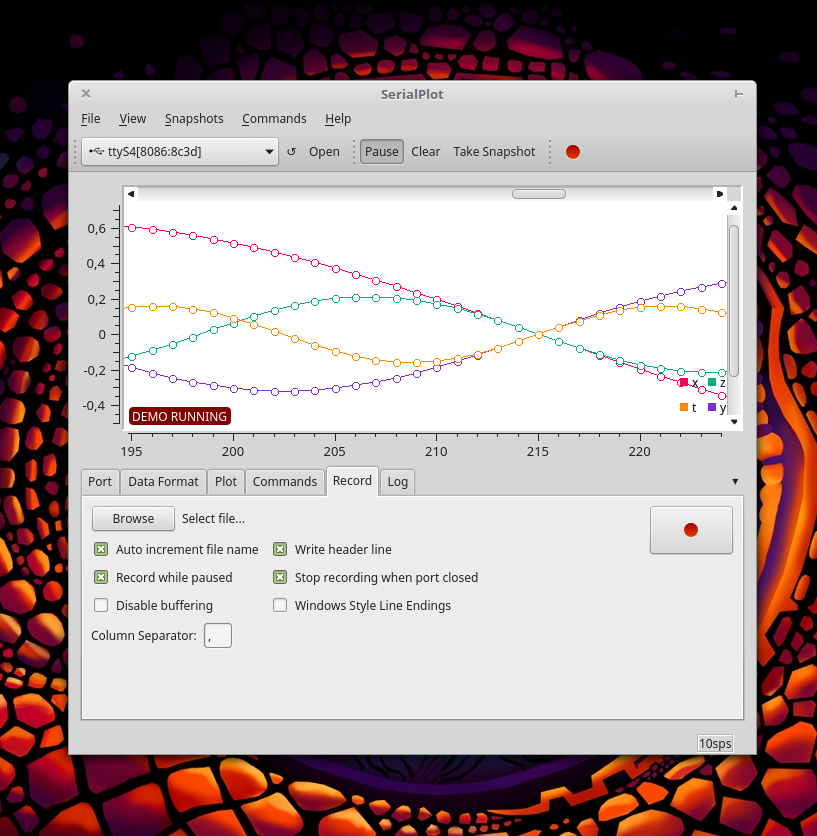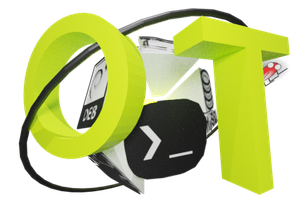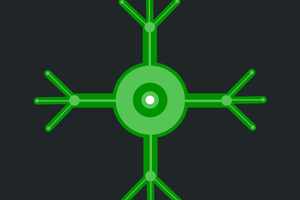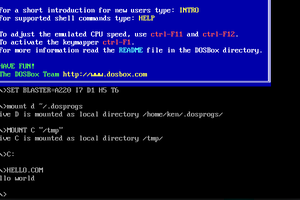SerialPlot accepts 3 different types of data input:
- simple binary stream, supports different number formats (unsigned/signed - 8/16/32 bits and float)
- ASCII data in CSV format
- user defined custom frame format (frame start byte, frame size, checksum etc..)
You can take snapshots of current view and store them in CSV files. You can also load them back from csv files, for convenient viewing.User can also define "commands" to be sent to the serial port device with a click. Commands can be defined in HEX or ASCII format.
In the sidebar you can find links to Linux and Windows downloads and source code.














 Bharbour
Bharbour
 yOyOeK1
yOyOeK1
 lpauly
lpauly
 Ken Yap
Ken Yap
my co2 sensor sends like this:
c: 1261
t: 22.0
h: 63.0
l: 238
As data format I choosed ASCII and Include: "c:", works perfectly.
Is there a way to get every four values as own graph? I am just able to use one filter, I guess.
And is there a way to just use the current time on x axis?
Thanks for the nice project!